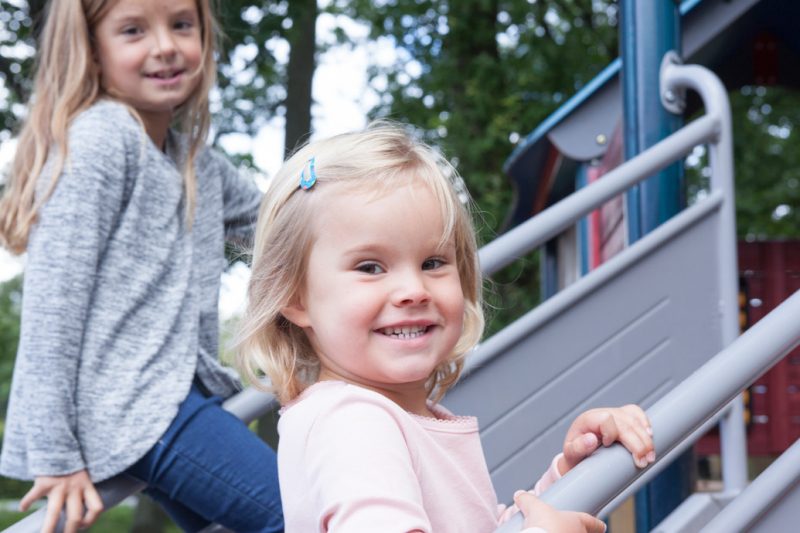Imagine pushing a few buttons on the laptop before grabbing a cup of coffee and leaning back – knowing that in just seconds the laptop has solved a task you otherwise would spend weeks or months doing. With the help of artificial intelligence, this might become a reality.
This article was first published on the Norwegian blog by Magnus August Lien.
Kindergarten admission is complex
Kindergarten admission can be characterised as an intricate puzzle in which applicants’ wishes must be fulfilled without exceeding the capacity constraints of the kindergartens. In addition, there is a jungle of statutes that regulate what kind of priority different children have during the admission, which makes the puzzle extra challenging to solve.
To illustrate this complexity, we’ll use this example: A municipality has six kindergartens and 30 applicants. There are countless ways to allocate these children to different kindergartens – and this complexity increases exponentially with the number of children and kindergartens.
Therefore, it is not strange that municipalities use weeks, or even months, agreeing on an allocation that both the applicants, the municipality and the law are happy with.
Despite the fact that the municipalities try to create the best possible admission, it is not always the case that all applicants get the place they most wanted. It may be that the daycare they are applying for is full, or those other applicants are given a higher priority.
This can be frustrating for applicants. Maybe the parents of the child have to travel longer to get to the kindergarten, or that their children end up in two different kindergartens.
In such cases, complaints can often occur, and demands may be made that the municipality must justify the choice of allocation. Such justifications are time-consuming for the municipality as the allocation must be examined.
There is no doubt that this process should have been automatised but do we have algorithms that are that smart?
Artificial intelligence simplifies the process

AI, artificial intelligence or optimisation: At the core of these expressions are smart algorithms that can automate processes previously thought to require human intervention.
Such algorithms can be used to carry out kindergarten admission in a significantly more efficient way compared to how it is done today. Visma Admission Optimizer (Visma Opptaksoptimerer in Norwegian) can generate and evaluate millions of different allocations of children to kindergartens in milliseconds. In addition, it ensures that 100% of all statutory requirements are satisfied and that as many applicants as possible get a place in one of the kindergartens they want.
Read more about how we work to create better technology and solutions for society.
So how do these smart algorithms really work?
At first glance, it may seem unrealistic to fully automate kindergarten admission. Typical processes that are automated are often characterised by being repetitive and simple, which is in stark contrast to the kindergarten admission process, which must take into account the preferences of the parents, the limitations of the kindergarten and the legal framework.
Fortunately, kindergarten admission is similar to a so-called matching problem, which is a known method in academia. The basis of matching problems is to find an optimal match between two different groups, while at the same time satisfy a set of conditions.
Matching problems have a wide range of applications, from allocating doctors to hospitals, manufacturing jobs to machines, students to student accommodation, and now children to kindergartens. So despite the fact that optimisation of kindergarten admission can be considered unknown territory, we have decades of academia to rely on.
Also read: AV1: A robot specifically developed for the classroom and school life.
No need to solve the reverse chess puzzle
A great aspect of the Admission Optimiser is that it can automatically generate a reason for admission, which is very useful in cases of complaints. This will make it easier for the municipality to justify why a given child has been given a placement over another child, without having to solve the “reverse chess game”.
There will be cases where applicants do not fit into any of the kindergartens they have applied for. In such situations, the municipality must manually try to find an alternative that is desirable.
Maybe the municipality wants to distribute these applicants in a way that creates a good gender distribution in kindergartens? Maybe it is desirable to suggest places in kindergartens to minimise travel time?
The Optimization Technologies will offer the user a wide range of possible configurations so that the generated admission reflects the discretionary assessments made by the municipality in the best possible way.
Enables closer follow-up
The goal of the optimization technologies is not just to execute the admission in the most efficient way possible, it is also about ensuring a fair allocation and fulfilling the wishes of as many applicants as possible.
In addition, it enables kindergarten administrators and municipalities to spend more time and resources on developing the curriculum in the kindergartens, having close contact with parents, and most importantly – ensuring the best possible everyday life for the children.
Learn more about how we work with technology to create smarter welfare solutions on our blog.

